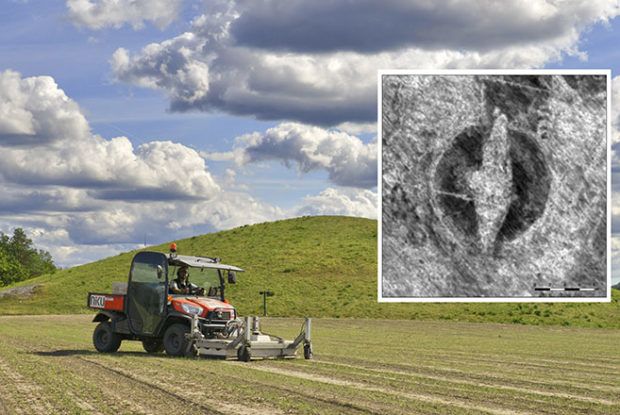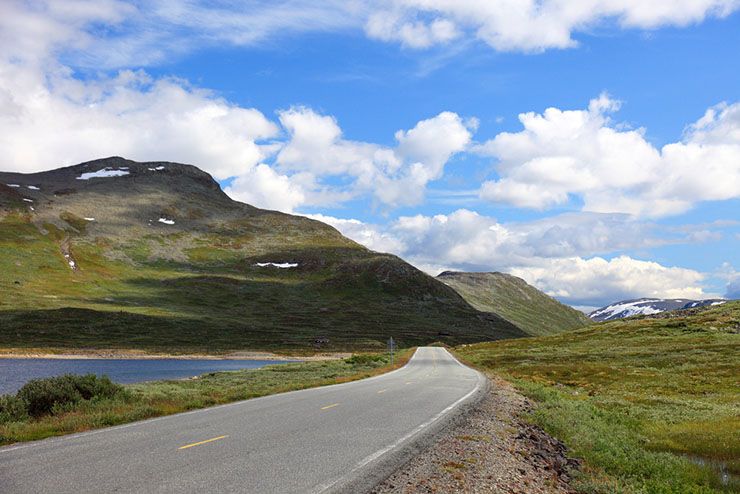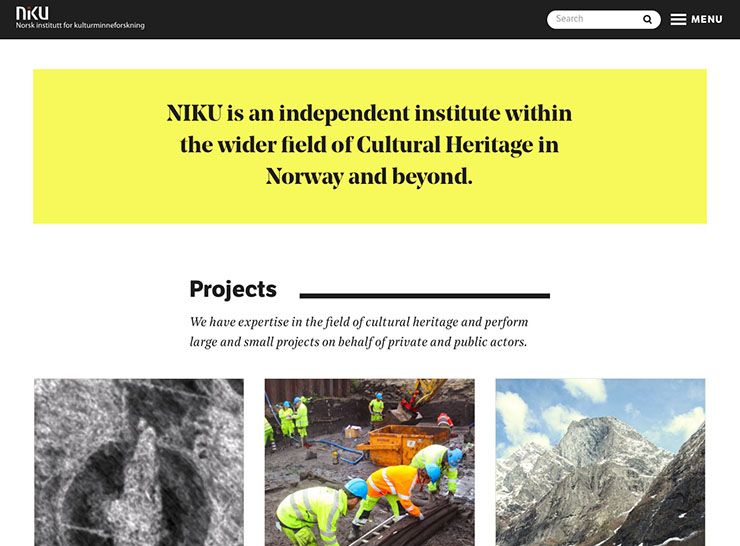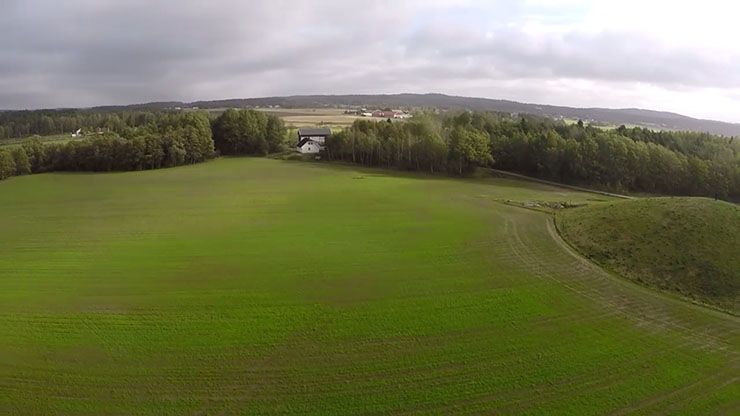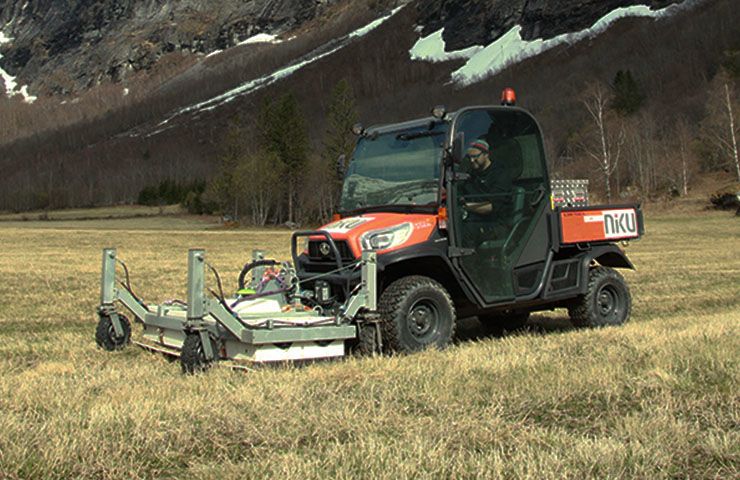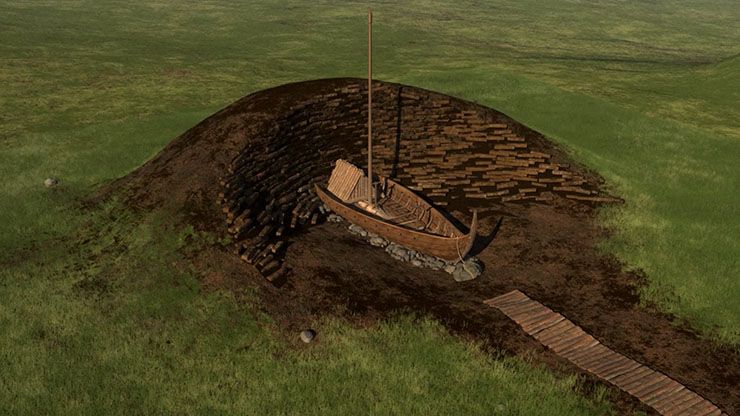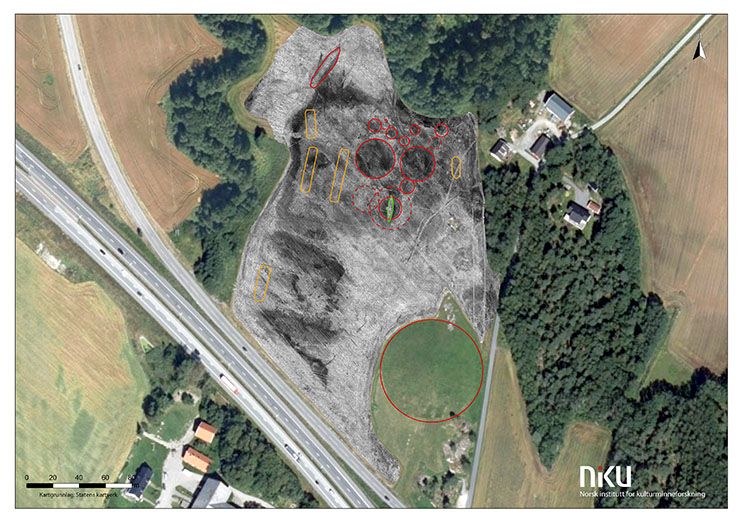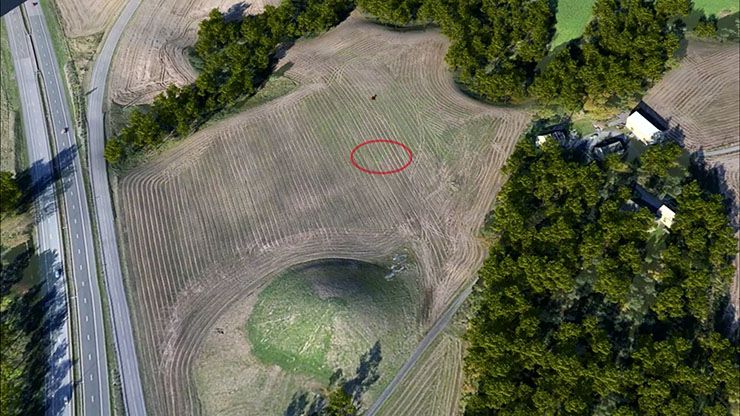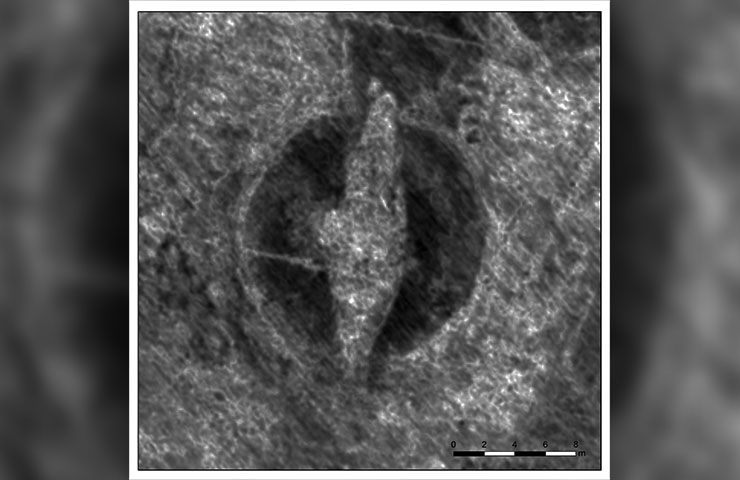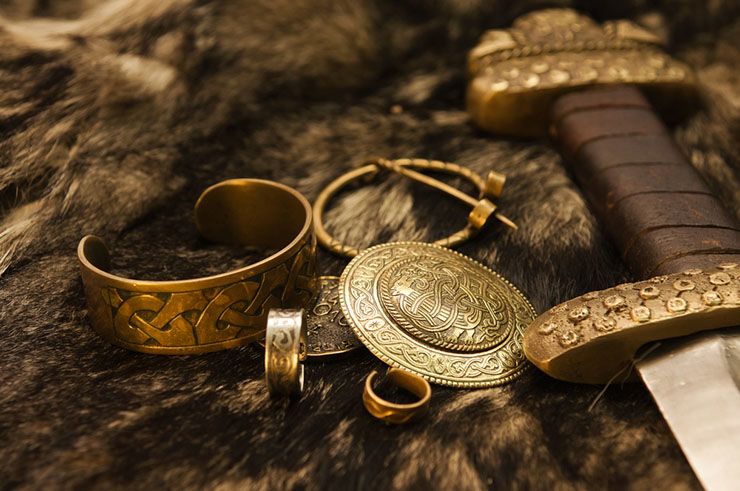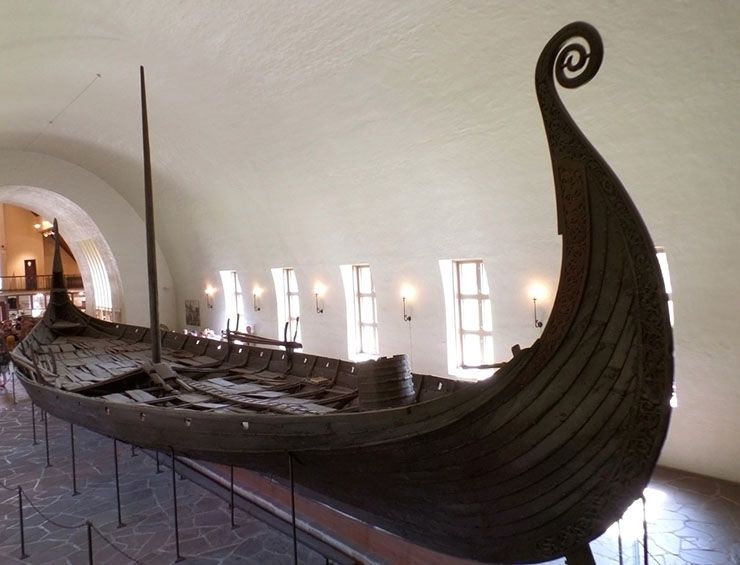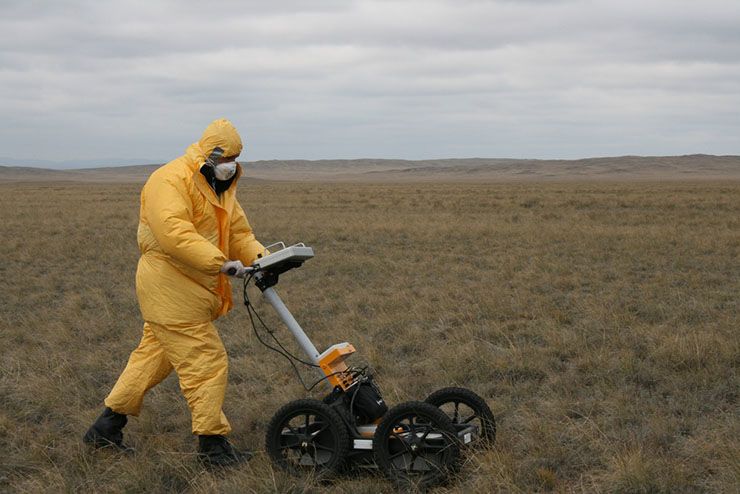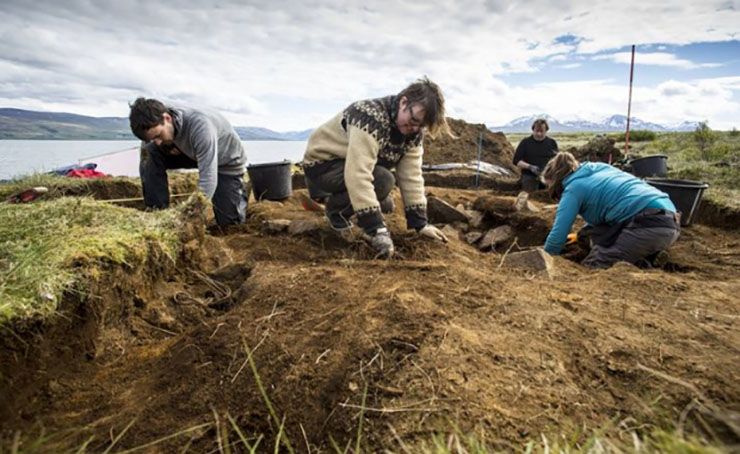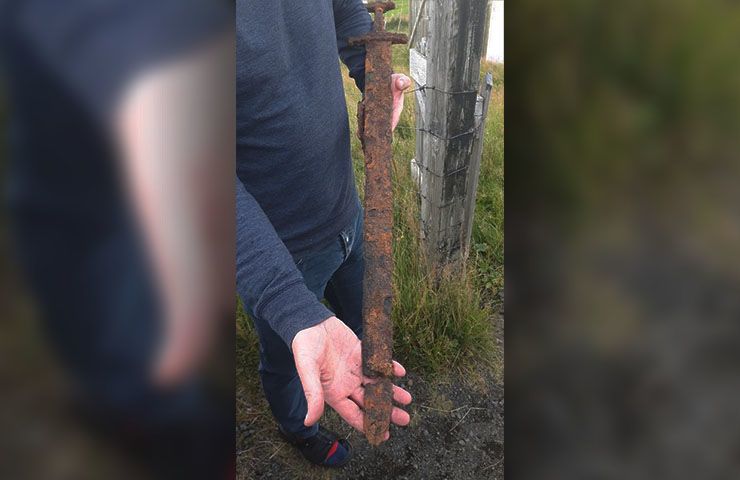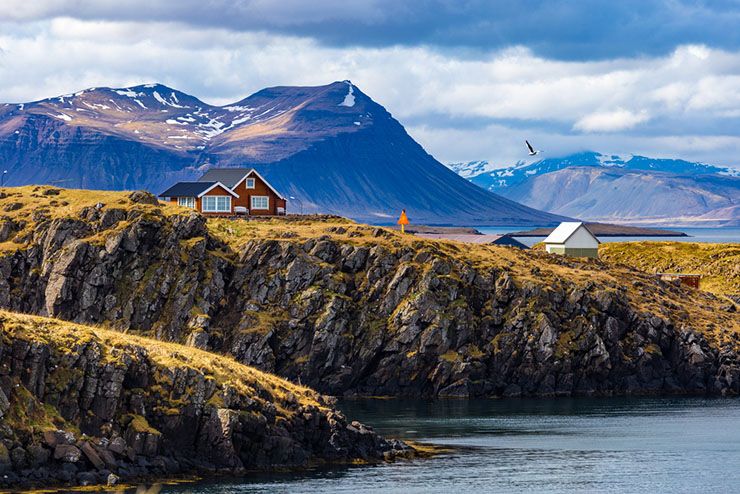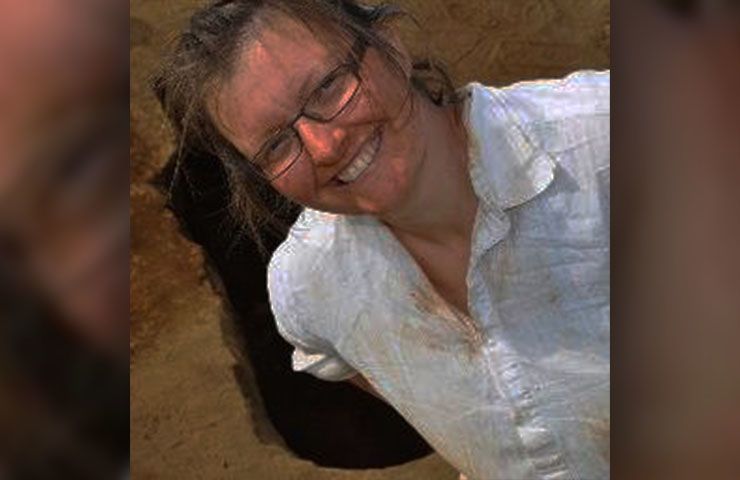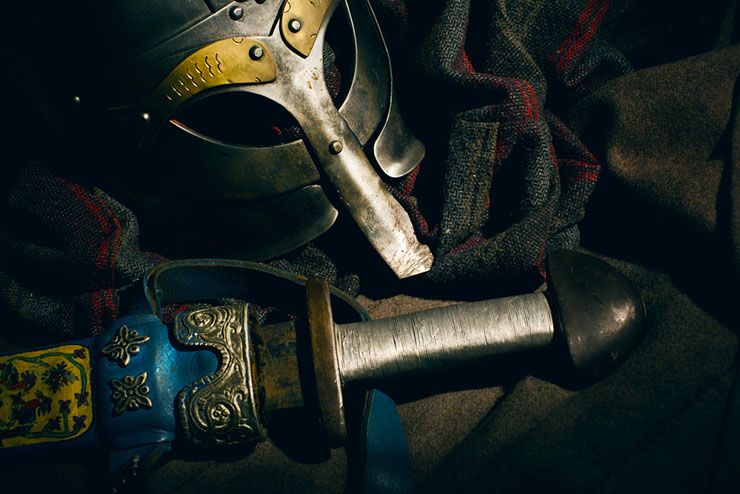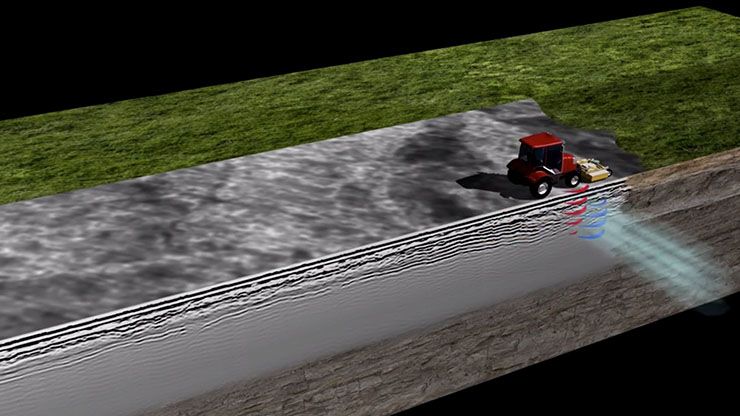Despite the fact that farming has destroyed many traces of history, some still remain, as a recent find in Norway proves. Only a few burials have been discovered in recent years, making this one pretty important.
A ship burial or boat grave is a burial in which a ship or boat is used as a container for the dead and the grave goods. Norwegian archaeologists found just that buried beneath the ground near a busy freeway in Oslo.
Landmark
The RV41 118 freeway in Oslo, Norway, has served as a local landmark for centuries. But archaeologists never bothered to examine the area near the busy freeway since they assumed that a century of plowing and farming had destroyed any traces of history.
Remains
Archaeologists thought that any remains in the nearby fields must have been destroyed in the late 19th century by farmers’ plows. But in the spring of 2018, county officials asked the Norwegian Institute for Cultural Research to take a look, just in case, and archaeologists discovered something incredible.
Viking-Era Jelle Mound
They were able to scan the soil underneath almost 10 acres of farmland around the mound. Andrew Curry from National Geographic reported finding the remains of 30-foot tall Viking-era Jelle mound. This is one of the largest Viking ship graves ever found, and experts say that intact Viking ship graves of this size are vanishingly rare.
100-Year Find
“I think we could talk about a hundred-year find,” says archaeologist Jan Bill, curator of Viking ships at the Museum of Cultural History in Oslo. “It’s quite spectacular from an archaeology point of view,” he told National Geographic.
Radar Scans
Using ground-penetrating radar, the remains of the Viking ship grave, burial mounds, and longhouses near the hill were found underneath it. The traces of the ship were hidden just 20 inches beneath the surface. Knut Paasche, head of the archaeology department at the Norwegian Institute for Cultural Research and director of the recent work at the site, estimates the ship was at least 65 feet long.
Oslo Fjord
The well-preserved ship had clear outlines of the keel and the first few strakes, which were visible from the radar scans. The ship was likely dragged onshore from the nearby fjord at some point during the Viking age, by someone powerful.
Kings And Queens
The ship was covered more than 1,000 years ago, and most-likely served as the final resting place of a prominent Viking king or queen. “Ships like this functioned as a coffin. There was one king or queen or local chieftain on board.”
Similar Structures
Archaeologists also believe that whoever buried the ship wasn’t alone. There are also traces of at least eight other burial mounds in the field, some of which are almost 90 feet wide. Three large longhouses (one is 150 feet long) are also visible from underneath the site’s soil, along with a half dozen smaller structures.
Dating The Mounds
After this incredible find, Paasche hopes future excavations will help date the mounds and the longhouses, which may have been built at different times. “We can’t be sure the houses have the same age as the ship,” Paasche says.
Cemetery
It is difficult to say if the houses were related to the cemetery or come from another period of occupation. A research proposal is in the works to use non-invasive techniques to continue studying the site and maybe eventually dig up the ship.
Ship’s Hull
Paasche plans to return to the site next spring to conduct more scans, including surveying the site with a magnetometer and possibly digging test trenches to see what condition the ship’s remains are in. Then, if there is wood from the ship’s hull preserved beneath the ground, it could be used to date the find more precisely.
King’s Treasure
But many believe that the chances of finding a king’s treasure are slim. Since they were so prominent in the landscape, many Viking Age burials were robbed centuries ago, way before they were leveled by 19th-century farmers.
Well-Preserved
“[But] it would be very exciting to see if the burial is still intact,” says Bill. “If it is, it could be holding some very interesting finds.” Only three well-preserved Viking ships have been found in Norway, and all of them were dug up a long time ago.
Contemporary Techniques
This Viking ship find can give archaeologists their first chance to investigate a boat burial using contemporary techniques. While the site hasn’t been dated yet, the ship was likely buried around 800 A.D. according to Smithsonianmag.com.
Two Ship Burials
While burial ships are rare, they occur across Europe and have been found in present-day Sweden, Denmark, England, Russia, Estonia, and Ukraine. Last year, researchers in Iceland discovered two ship burials, one of which contained the interment of a chieftain along with his sword and his dog.
Viking Age
On June 13, 2017, Icelandic archaeologists working at a large burial site in a northern part of Iceland came across the remains of a ship burial dating from the Viking Age, circa 9th or 10th century AD. “The burial scope was probably furnished for a Viking chieftain, who was ritually interred in his ship along with some of his worldly possessions, including his sword and dog,” wrote Realm of History.
Iceland
Two days later on June 15, the researchers identified two other ship burials at the same site. “Now it should be noted that while it may have been a known practice to bury wealthy chiefs in boats during the Viking Age, archaeological evidences for such graves are rare, especially in Iceland,” they wrote.
Robberies
Viking burials in their preserved state are also very rare, due to unfortunate occurrences of robbery throughout the centuries. But in this case, “part of the boat is completely untouched and we see no signs of it ever having been robbed by people, so we are hoping to find more artifacts untouched in the grave,” Hildur Gestsdottir, the head of researchers at the site, said.
Burial Goods
All the Viking ship finds have provided a glimpse into some of the mysteries buried for years. “Only practiced for the deaths of prominent individuals, the ritual used a boat as a coffin for the body and burial goods,” wrote History.com.
What’s Next?
Being that the ground-penetrating radar used by the team in Norway, is still a young technology, it’s already produced results. This means that archaeologists will continue to search for more buried treasure. Next comes the challenge of using other non-invasive investigative tools to digitally map the unique discovery.
